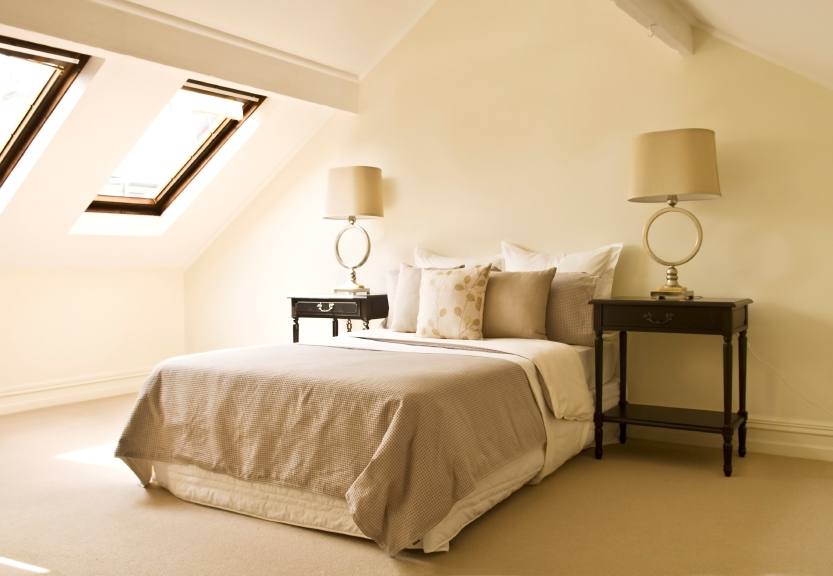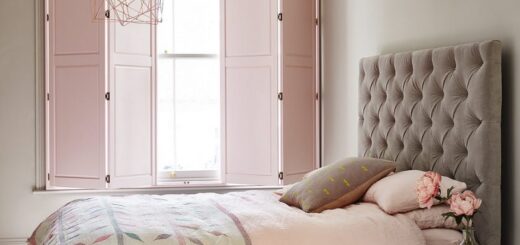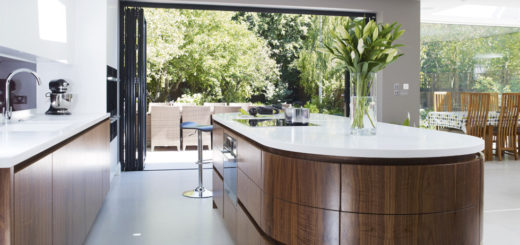A guide to getting a loft conversion in 2022
The many benefits of loft conversions have long been known, from increased property value to added living space all justifying upfront costs. Nevertheless, it never hurts to be prepared when it comes to having any major construction work carried out on your property – even if that’s as simple as taking a few basics into consideration. You need to consider space, flooring, underfloor heating, planning permission and more!
Hiring a professional will help give you peace of mind and not having to worry about the details. But having a good idea as to what you want from your conversion – and understanding how to get it – will make the process a much smoother one.

Our guide features some frequently asked questions when considering a loft conversion:
What Type of House do You Own?
It may sound like stating the obvious, but property type can dictate your options when it comes to converting your loft.
- Terraced housing (mid-terrace): Many of the Edwardian/Victorian terraces that populate the country are buildings full of character and variety. When it comes to extending the loft space, maintaining the property’s aesthetic charm might be the biggest concern to you (and to the local authority). Those from the 1920s-30s are of sturdier construction, and offer a greater number of options when it comes to roofline alterations.
- Semi-detached (and end-of-terrace): With no neighbouring property on one side, you could find that your home already has a gable or sloped end, which may need altering in order to create sufficient space for the new loft room.
- Detached: This type of property gives you the most flexibility in regards to what type of loft conversion you can have. With no neighbouring properties, you might not even need a party wall notice. But it is always advisable to check with a professional, as all buildings need to consider this.
- Flats: Adding a loft conversion to a flat (assuming it is a top floor flat!) effectively creates a maisonette property, but in the majority of cases permission will need to be sought from all freeholders of the property the flat is located in.
- Conservation areas: Planning permissions from local councils will need to be investigated for properties in conversion areas, as they will generally differ on a case-by-case basis. That said, Mansard conversions or smaller dormers are generally permitted if in line with nearby aesthetics.
What are the different types of Loft Conversion?
- Dormer
- Hip-to-Gable
- Mansard
- Roof light / Velux
We go into more detail below:
- Dormer: One of the common ways to increase space in your loft is by having a rear dormer constructed. By horizontally flattening out one side of a sloped roof (often at the back of the property), you can create greater headroom and increase the living space within the loft. Often accompanied by a window on the altered wall, adding natural light, dormer conversions are a great choice for those with sloped roofs looking for a little extra space.
- Hip-to-Gable: Though more intensive in the construction phase, hip-to-gable conversions can provide the greatest space increase for those looking to create a new bedroom or other living area. Often suited to properties with one sloped (hipped) wall and one vertical (gable) wall, this style completely levels out the hipped end perpendicular to the roof eaves, eradicating the slope and allowing for much more freedom when it comes to deciding upon how the new living space will be utilised. For properties with two gable ends, both can be raised and levelled, known as a double hip-to-gable. This extension type is rarely suitable for terraced housing, and architectural professionals must be consulted before undertaking one on a semi- or detached property, as the original gable wall may be immovable for structural reasons.
- Mansard: With one side of a pitched roof (usually the rear) raised to an angle of at least 72 degrees, and the top of the roof flattened before sloping on the opposite side, Mansard conversions offer an alternative to hip-to-gable lofts. Creating a similar amount of space, Mansards have the added benefit of being better suited to terraced housing, while maintaining a natural slope to encourage rainwater to flow off the roof. Though more compliant than hip-to-gable styles, Mansard conversions still require significant structural alterations, and the planning permissions that go with this – particularly Party Wall Agreements for any shared walls.
What is the Purpose of Your Loft Conversion
The answer to the previous section may depend heavily on the answer to this one, as what you intend to do with your loft once it is converted should dictate the nature of the conversion process.
For increased storage space, the generation of a box room, or for already large loft spaces, dormer conversions will more than suffice, adding headroom and the opportunity for natural light through a dormer window.
Bedrooms, particularly those destined for master bedrooms with the added attraction of an en suite, would benefit from the raised roof alterations of a hip-to-gable (where possible) or Mansard conversion, as these offer the best option when it comes to generating maximum headroom.
Velux conversions, featuring the installation of this leading skylight/loft window brand, are ideal for newly created home office spaces or leisure areas, providing natural light throughout the day – regardless of the location of the sun.
Planning Permissions/Building Regulations
Despite the relaxation of certain planning permission regulations in recent years, allowing for minor alterations to homes to be carried out without the need for approval (known as ‘permitted development rights’), certain conversion works may be classed as ‘extensions’ and therefore require the correct concessions. Checking with loft conversion specialists is the best way to determine what permissions, if any, you will require.
If any of the proposed work is to be carried out on a wall that is shared with a neighbouring property, a Party Wall Agreement must be in place. Introduced in 1996, the Party Wall Act dictates that the owner of the adjoining property be informed as to works taking place, before a mutually agreed inspection is undertaken by an architect, surveyor or the Building Control Office to outline the effect that the proposed work will have on the properties.
Official paperwork will need to be drawn up, including full details of both property owners, a description of the work taking place and a start date for the development.
If you intend for your loft conversion to be habitable, there are a couple of legal stipulations to consider. Firstly, a permanent staircase must be installed (movable ladders DO NOT count), with at least 1.9m clearance from floor to ceiling at the top of the stairwell. Secondly, a minimum height of 2.2m is necessary between the floor and the highest point of the ceiling for the loft space to be classed as habitable – and therefore be considered as an extra room when it comes to added property value.
Timeframe
The start-to-finish timeframe for a loft conversion is very much determined by the type of work being carried out.
While the building phase for more intensive projects (e.g. double hip-to-gable or Mansard conversions) may last anywhere up to eight or nine weeks, the planning phase can often take longer. This is not to be skipped though, as having a detailed, architecturally approved plan in place is the only surefire way to avoid disruption during the build – something that might add unnecessary days and weeks to the schedule.
Price
Again, this varies from job to job, and is often dependent on the drasticity of the construction work being performed. £15,000 will generally transform and abandoned roof space into an insulated storage area, while a fully habitable room will start from at least £30,000-£40,000. Do not skimp on essentials: staircase installation, architectural assistance, insulation, windows etc. are all vital for ensuring that the space is utilised fully and that maximum value is added to the property as a result.





Recent Comments